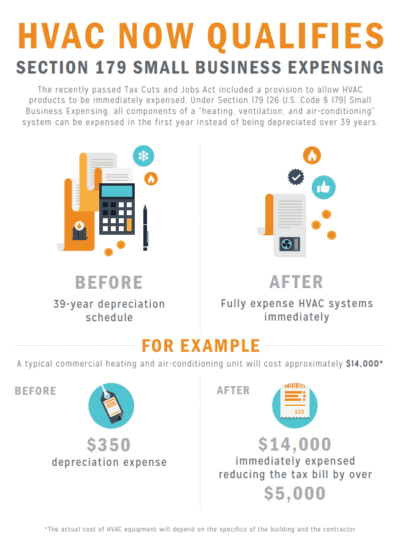The Ultimate Guide To Comprehending Warm Pumps - Exactly How Do They Function?
The Ultimate Guide To Comprehending Warm Pumps - Exactly How Do They Function?
Blog Article
Write-Up Composed By-Forrest Singer
The most effective heatpump can save you substantial amounts of cash on power bills. They can also help in reducing greenhouse gas exhausts, specifically if you use electrical energy instead of fossil fuels like gas and home heating oil or electric-resistance furnaces.
Heatpump work significantly the same as air conditioners do. This makes them a sensible choice to typical electric home heater.
How They Function
Heat pumps cool homes in the summer season and, with a little aid from electrical energy or gas, they give a few of your home's home heating in the wintertime. They're a great choice for people who want to minimize their use of fossil fuels yet aren't all set to change their existing heater and cooling system.
They rely on the physical fact that also in air that appears too chilly, there's still power present: cozy air is constantly relocating, and it intends to relocate into cooler, lower-pressure environments like your home.
Many ENERGY celebrity certified heatpump operate at near to their heating or cooling capacity throughout the majority of the year, decreasing on/off biking and saving power. For the very best performance, focus on systems with a high SEER and HSPF rating.
The Compressor
The heart of the heat pump is the compressor, which is additionally called an air compressor. This mechanical moving tool utilizes possible power from power development to enhance the pressure of a gas by decreasing its quantity. It is different from a pump because it just works on gases and can not work with fluids, as pumps do.
Climatic air goes into the compressor with an inlet valve. It travels around vane-mounted arms with self-adjusting size that separate the inside of the compressor, developing numerous tooth cavities of differing dimension. The blades's spin pressures these dental caries to move in and out of stage with each other, pressing the air.
The compressor reels in the low-temperature, high-pressure refrigerant vapor from the evaporator and presses it right into the hot, pressurized state of a gas. This procedure is repeated as needed to provide heating or air conditioning as needed. The compressor likewise contains a desuperheater coil that reuses the waste warmth and includes superheat to the refrigerant, transforming it from its liquid to vapor state.
The Evaporator
The evaporator in heatpump does the exact same thing as it performs in fridges and ac unit, transforming liquid refrigerant into a gaseous vapor that eliminates warmth from the room. Heatpump systems would certainly not work without this important piece of equipment.
This part of the system lies inside your home or structure in an interior air trainer, which can be either a ducted or ductless device. https://www.kbb.com/faq/values/ has an evaporator coil and the compressor that compresses the low-pressure vapor from the evaporator to high pressure gas.
Heat pumps take in ambient warm from the air, and then make use of electrical energy to move that warmth to a home or business in heating setting. That makes them a whole lot a lot more power effective than electrical heating units or furnaces, and since they're utilizing clean electrical energy from the grid (and not shedding fuel), they also produce much fewer emissions. That's why heat pumps are such terrific environmental options. (As well as a big reason why they're coming to be so prominent.).
The Thermostat.
Heatpump are great options for homes in cold climates, and you can use them in combination with conventional duct-based systems and even go ductless. They're a wonderful alternative to fossil fuel heating systems or standard electrical furnaces, and they're more sustainable than oil, gas or nuclear a/c equipment.
Your thermostat is the most essential element of your heatpump system, and it works really in different ways than a conventional thermostat. All mechanical thermostats (all non-electronic ones) work by utilizing compounds that change size with increasing temperature, like curled bimetallic strips or the expanding wax in an automobile radiator valve.
These strips consist of two various types of steel, and they're bolted together to form a bridge that finishes an electric circuit linked to your cooling and heating system. As the strip obtains warmer, one side of the bridge increases faster than the other, which creates it to flex and signify that the heating unit is required. When the heat pump is in heating setting, the turning around shutoff reverses the circulation of refrigerant, to make sure that the outside coil now functions as an evaporator and the interior cylinder becomes a condenser.